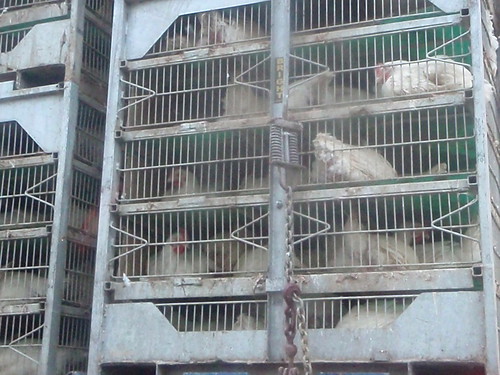 You find local and organic food without pesticides in Lowndes County.
You find local and organic food without pesticides in Lowndes County.
Some of the researchers who established that prenatal pesticide exposure reduces IQ in children also remarked:
They also said that consumers should thoroughly wash fruitsand vegetables; go beyond a quick rinse and use a soft brush, if practical. Consumers could also consider buying organic produce when possible as a way to reduce pesticide exposure from food, they said.
“I’m concerned about people not eating right based on the results of this study,” said Eskenazi. “Most people already are not getting enough fruits and vegetables in their diet, which is linked to serious health problems in the United States. People, especially those who are pregnant, need to eat a diet rich in fruits and vegetables.”
 Fortunately, you can buy local and organic food around here,
at
Fiveash Grocery in Hahira and at
Whisk in Valdosta.
Fortunately, you can buy local and organic food around here,
at
Fiveash Grocery in Hahira and at
Whisk in Valdosta.
Hahira has a summer Farmer’s Market every Saturday in June and July. Valdosta’s new Farm Days start May 7th. There’s even an online farmer’s market. Ask the farmers what pesticides they use.
 You can even buy organic at Publix.
So there is local and organic food in Lowndes County and area.
You can even buy organic at Publix.
So there is local and organic food in Lowndes County and area.
-jsq








 Some people didn’t like the source of a recent post about
the toxic effects of agrochemicals and GM plants on the environment,
plants, animals, and people.
There are plenty of other sources, including:
Some people didn’t like the source of a recent post about
the toxic effects of agrochemicals and GM plants on the environment,
plants, animals, and people.
There are plenty of other sources, including: